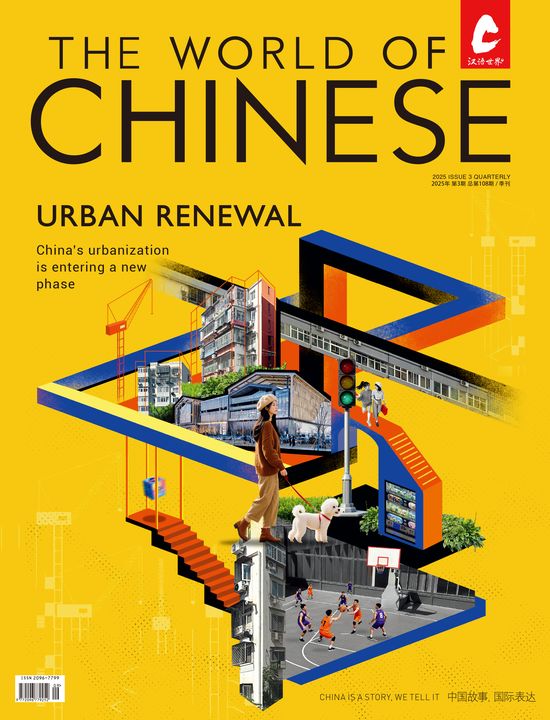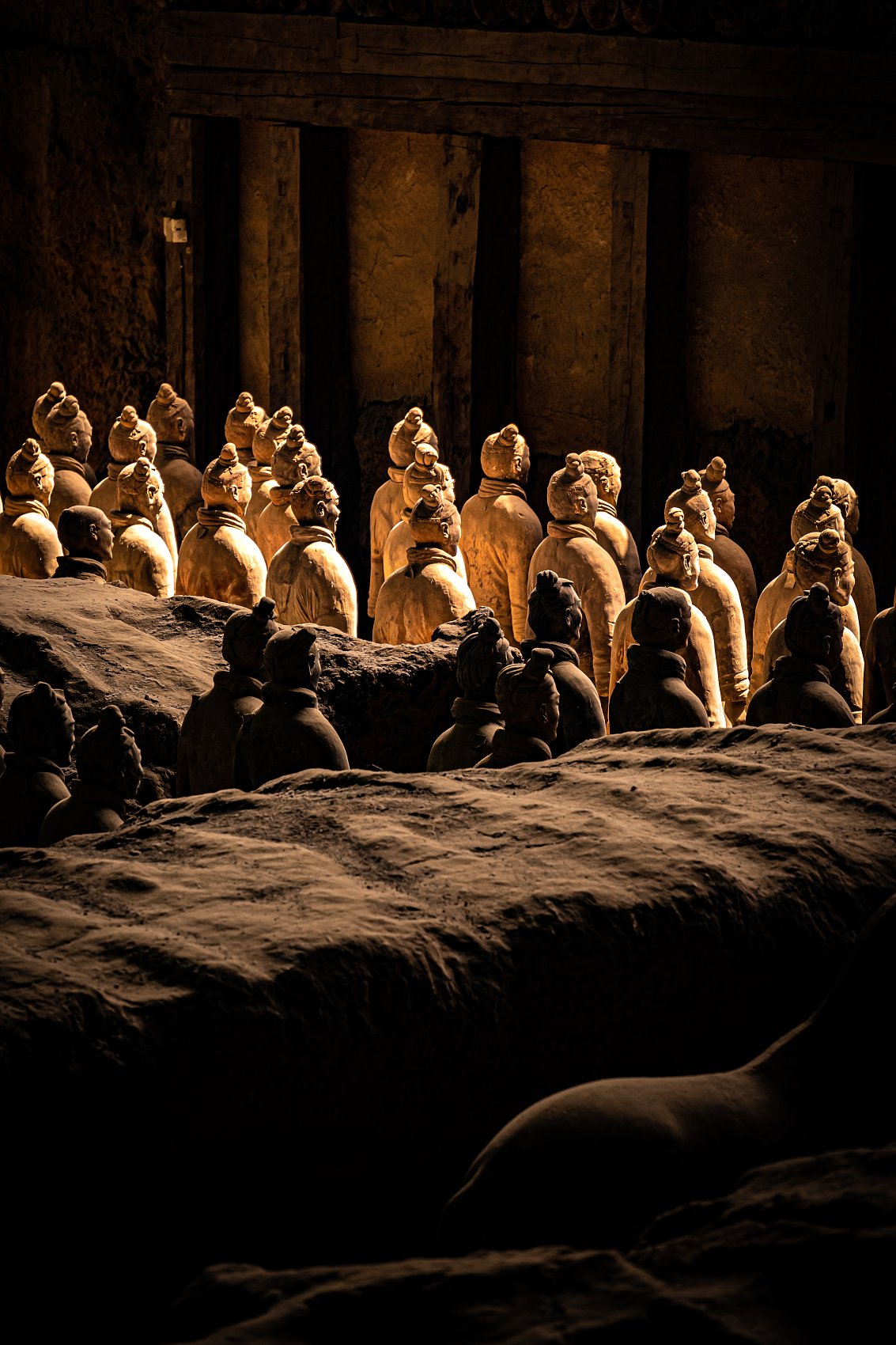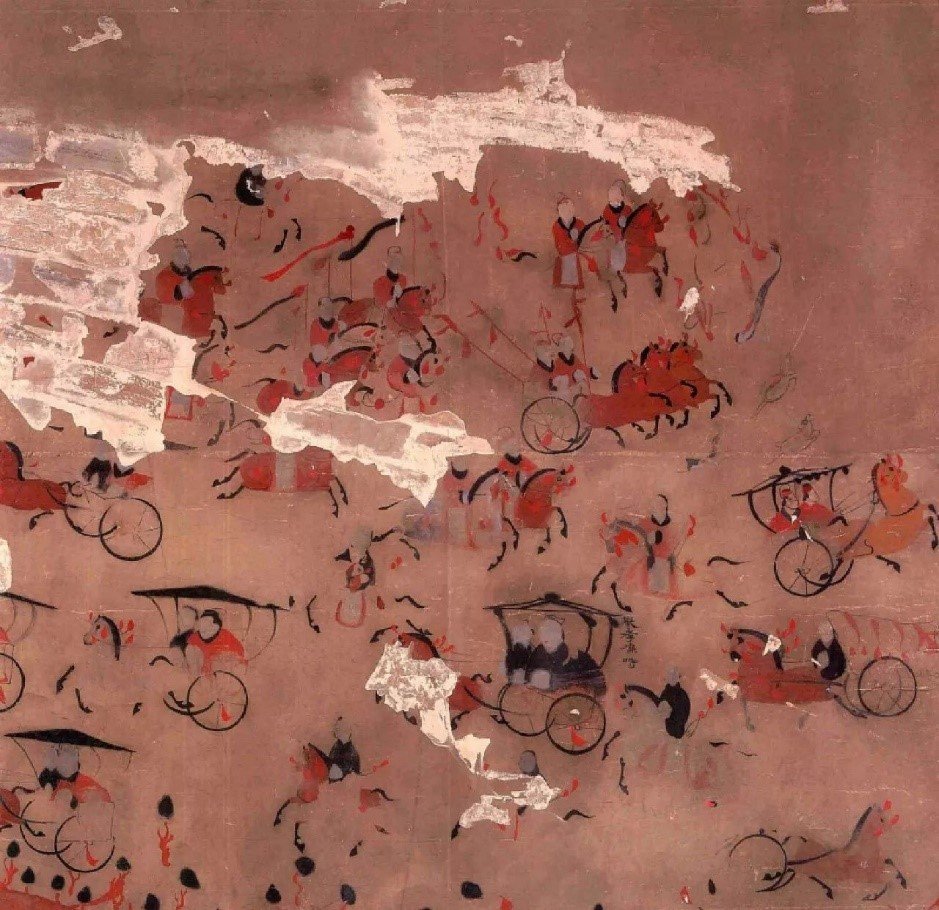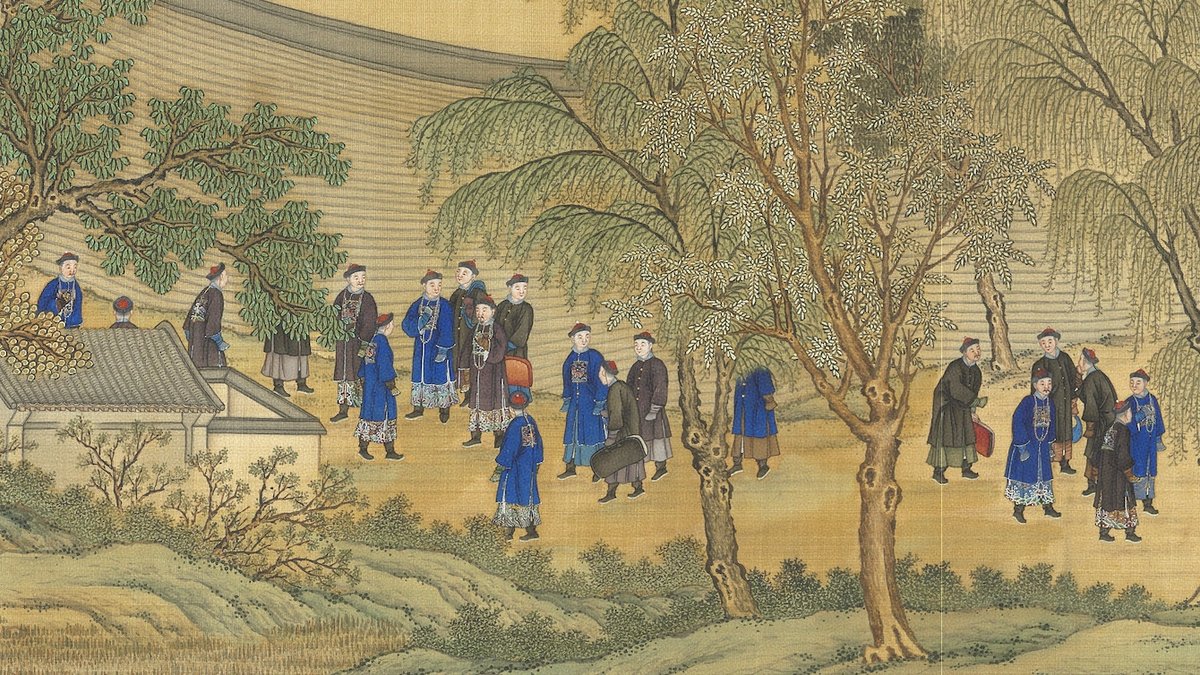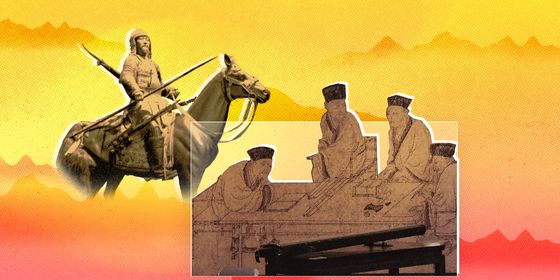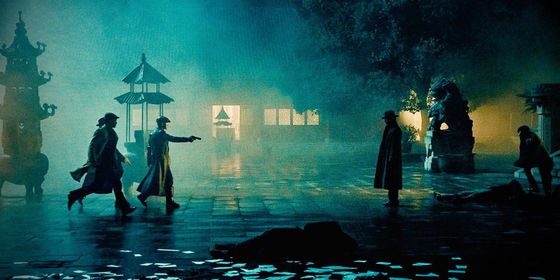Facing an increasingly competitive job market, the battle to enter China’s civil service seems more ruthless than ever—though it’s really the continuation of a millennia-old struggle
In 2023, over 1.5 million people took China’s national civil service exam. With only 37,100 positions available, there were approximately 41 applicants for each position—an acceptance rate of 2 percent.
The competition for coveted government positions was no less intense in ancient China, when the imperial examination system, or keju (科举), provided a direct route for scholars to become government officials. Scholars could take multiple tests from the county level all the way to the imperial level, and they were mainly assessed on their knowledge of Confucian texts. Song dynasty (960–1279) poet Wang Zhu (汪洙) described the life-changing potential of the keju system in one of his poems, writing, “A peasant at dawn, transforms into a throne-side guest by night (朝为田舍郎,暮登天子堂).”
However, the keju system was not the sole path to an administrative career. Some historical dynasties developed methods for selecting civil servants that might seem rather unconventional by modern standards:
Cutting heads for honors
For those who wanted to become an official of the Qin state during the Warring States period (475–221 BCE), it mattered little how well you could memorize the Confucian classics. Instead, rank was determined by your prowess at collecting heads on the battlefield, or, as politician Han Fei (韩非) wrote, “The promotion of official titles corresponds to the merits of beheading (官爵之迁,与斩首之功相称也).”
The so-called “merits of beheading” was part of an overall system of military meritocracy (军功爵制) implemented by Qin state reformer Shang Yang (商鞅). Jettisoning the notion of inherited nobility, Shang planned a system of granting titles, land, and fiefs according to military achievements. Anyone who succeeded on the battlefield, regardless of their social origin, was entitled to honors. Correspondingly, nobility who lacked military merit could no longer attain high offices, substantial remuneration, and fiefdoms.
The Qin equation for military merit was simple: Ordinary soldiers who beheaded one enemy would earn one rank; those who beheaded two enemies would earn two ranks; and so on. Soldiers had to bring back the heads of their enemies after battle as proof. In addition to ranks, rewards also included land, servants, and qualification to become military officers.
Commanders were rewarded for their units’ decapitation abilities. They were rewarded when their soldiers “besieged cities and cut off 8,000 enemy heads or more” or “fielded battles with 2,000 enemy beheadings or more,” according to Han.
Read more about law and order in ancient China:
- Curious Court Etiquette From Ancient China
- One Card to Rule Them All: The History of China’s ID System
- Ancient Snitches: How China’s Emperors Encouraged Informants
This system greatly motivated the Qin army for battle. The Book of Lord Shang (《商君书》) stated: “When the people see battle, it is like hungry wolves seeing meat.” However, the policy also led soldiers to slaughter civilians to falsely collect heads. In the Collected Commentaries on the Records of the Grand Historian (《史记集解》), created during the Southern and Northern dynasties (420–589), scholar Pei Yin (裴骃) noted: “Every time the Qin won a battle, the old, weak, women, and children all died, with rewards for beheadings reaching tens of thousands. People referred to the state of Qin as ‘the country that values heads.’” This reputation for brutality caused the Qin to gradually lose the hearts of the people, ultimately leading to its rapid downfall after unifying the entire country.
Filial, uncorrupt, and well-connected
With the fall of the Qin and the rise of the Han dynasty (206 BCE–220 CE), China entered a peaceful period, and military meritocracy was no longer needed. Replacing it was “the inspection and recommendation system (察举制),” where local officials recommended talented people within their jurisdiction to the central government to become officials.
The system was started in 178 BC by Emperor Wen of Han, who called upon his officials to recommend people who could offer candid advice on his shortcomings. Under the system, which was formalized by Emperor Wu, local officials conducted annual searches among their citizenry to find people with different social qualifications. The most significant character traits were “filial and ethical (孝廉)” and “outstanding talent (茂才).” Besides these regular recommendations, special recommendations were made at irregular intervals according to imperial edicts. The categories of these recommendations were diverse, including “virtuous and upright,” “proficient in classical studies,” and “proficient in law and regulations.”
Despite the best efforts of touring superiors, the system ceded too much power to local officials, who (unsurprisingly) engaged in nepotism and formed cliques. Thus, in 132, Emperor Shun reformed the recommendation system. He set a minimum age of 40 for “filial and ethical” candidates, and made them take an examination before they could be appointed.
Family vs. ability
By the end of the Eastern Han dynasty (25 – 220), amid the warlord chaos and a surge in displaced populations, the recommendation system had become inefficient. Consequently, the state of Wei during the Three Kingdoms period (220 – 280) established the “Nine Rank System (九品中正制),” which persisted for the next 400 years.
The Nine Rank System involved appointing a respected official from the central government as the “Grand Zhongzheng (大中正)” to oversee talent evaluations in each prefecture, with subordinate “Minor Zhongzheng (小中正)” in counties. These officials would rank well-known local individuals into one of the nine ranks, ranging from highest (上上) to lowest (下下). The Ministry of Personnel of the central government would promote and dismiss officials based on the rankings.
The criteria for ranking talents considered a person’s family background in addition to their character and abilities. Initially, all of these criteria were weighted equally, but as those serving as zhongzheng were almost all from prominent families, they gradually monopolized the selection and favored people from their own class. Family background became a decisive element, further entrenching social stratification.
These flaws were not lost on officials at the time. In the early Jin dynasty (266 – 420), government official Liu Yi (刘毅) submitted in vain a petition requesting the abolition of the system. He pointed out that in officialdom, “The upper ranks have no humble origins, and the lower ranks have no scholarly families (上品无寒门,下品无势族).”
Purchasing power
While early systems for selecting civil servants may have had their deficiencies, they were still rooted in a desire for equal access for all. However, during the Qing dynasty (1616–1911), officials enacted a “donation system (捐纳制度)” that allowed the straightforward purchase of official titles through donations to the state coffers.
The Qing donation system began during the reign of Emperor Shunzhi, when the state rewarded donors with the status of Imperial Academy students. While earlier dynasties had observed informal versions of this practice, the Qing was the first to codify it into law. The Kangxi Emperor opened up more positions to donors to raise funds for suppressing rebellions. In 1668, according to Imperial Compendia of Regulations (《钦定大清会典事例》), individuals who donated 300 taels of silver or 600 dan of rice would be allowed to wear the badge of the ninth-ranked officials. In 1674, by paying 4,000 taels of silver, one could purchase the position of county magistrate.
During the reign of the Qianlong Emperor, donations became more regular. The annual sale of official positions and titles became a regular source of income for the imperial court. Donors were admitted into the Imperial Academy as students, rewarded with honorific titles, or received promotions if they were already acting officials. In addition, the central government held ad hoc “donation drives” to raise funds for military actions, water conservancy projects, and famine relief. From 1674 to 1906, there were 60 requests for ad hoc donations, showing it was an important source of income to the Qing coffers.
The donation system led to the mushrooming of the Qing’s bureaucratic institutions. However, as more redundant officials crowded into officialdom, bribery and other underhanded practices grew. Although the system supplemented the Qing government’s financial revenue, it exacerbated corruption and weakened the power of the dynasty, eventually ending two millennia of imperial rule in China.
